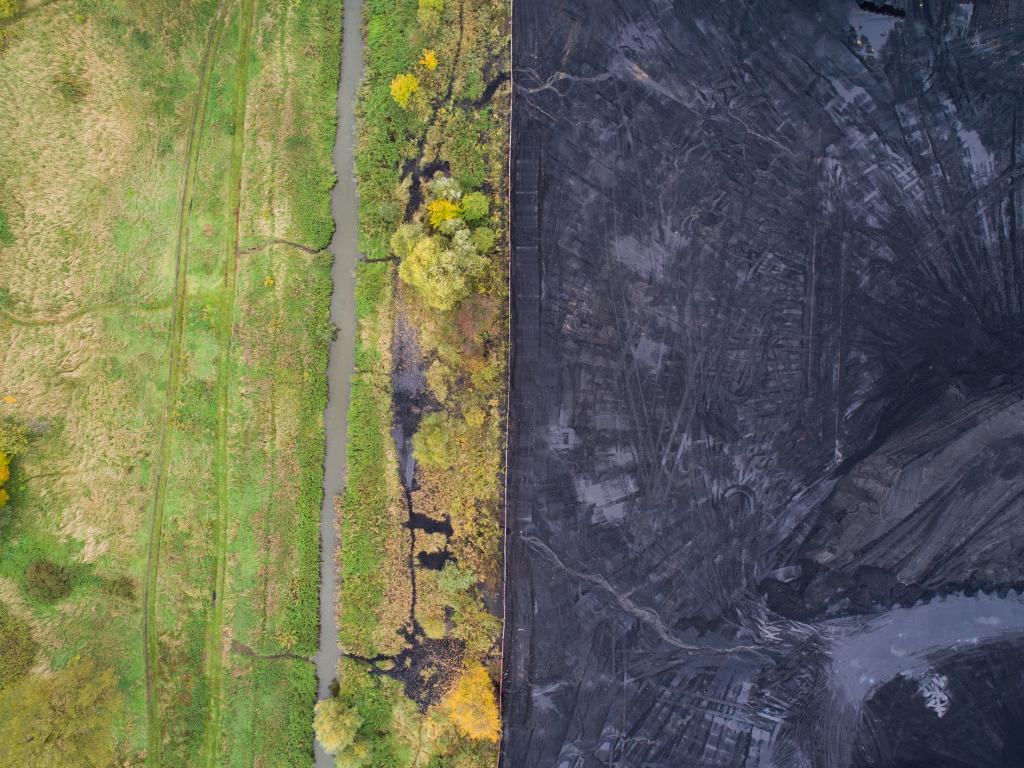Is Climate Change the Next Wave of Modern Terrorism?

Written by Daniel Hertog.
INTRODUCTION
Throughout history, there have been several waves of modern terrorism.[1] From the origins of modern terrorism in Russia in 1880 to the “anti-colonial” wave of the 1920s, the “new left wave” of the 1960s, and the “religious wave” of the 1970s.[2] Rapoport predicts that the next wave of terrorism could occur between 2020 and 2025.[3] Considering that significant global events catalysed the previous waves of modern terrorism, it goes to reason that similar events that have already devastated and which could devastate the twenty-first century may also influence the next wave of terrorism.
TERRORISM AND CLIMATE CHANGE
As one of the significant devastations of the twenty-first century, climate change is increasingly driving violent conflicts globally, such as terrorism. That climate change drives violent conflicts was recognized by the Intergovernmental Panel on Climate Change in its 2014 and 2022 reports.[4] In understanding how climate change drives terrorism, two types of terrorism are critical, namely: “environmental terrorism” whereby climate change is used as a weapon of war, and “eco-terrorism” where attacks are justified by the imperative to protect the environment.[5]
In driving terrorism, climate change acts as a “threat multiplier”, creating a fragile environment for terrorist groups to proliferate and carry out attacks.[6] In creating such an environment, the threats posed by climate change include, inter alia, the depletion of critical resources such as food and water, natural disasters, forced migrations, and deteriorating economic sectors. For example, severe droughts arising from climate change in Syria not only influenced its civil warbut also the emergence of the Islamic State of Iraq and Syria (ISIS). Furthermore, in Afghanistan, for instance, terrorist groups would leverage regions hard hit by floods and landslides by providing aid to affected communities in turn for recruiting new members.[7] In fact, not only has climate change contributed to the emergence of terrorist groups such as Boko Haram and ISIS, but is increasingly being used by such groups as a weapon of war.[8]
That climate change is being used as a weapon of war is clear from the terrorist groups who increasingly target mineral resources.[9] For example, Boko Haram intentionally contaminated water sources in drought-stricken regions in Nigeria. With the knowledge that climate change was the primary cause of such droughts, Boko Haram contaminated water sources with a view to disrupt food supply and other economic sources in the hope that this would displace victims and provide an opportunity to recruit new members. Another example of how terrorist groups target critical resources is the targeting of oil fields by ISIS in the Middle-East, the resources of which were specifically used to finance their operations.
While the above are a few examples of how climate change has influenced “environmental terrorism”, there are increasing attacks by far-right extremists or “eco-terrorists” who specifically acknowledge climate change as a driver of their activities. For example, the extremists responsible for the 2019 attacks in Christchurch, New Zealand and El Paso, Texas branded themselves as “eco-fascists”, their manifesto of which contained several environmental references justifying their activities. In fact, the aforementioned attacks are just one example of several where climate change is used to justify terrorist activity.[10] However, despite this justification and the fact that many “eco-terrorists” avoid violent attacks against human beings, states are increasingly treating them as security threats.
Furthermore, the link between climate change and terrorism is again borne out of evidence suggesting that there is a greater threat of terrorism during heated weather events arising from global warming, something which is a direct consequence of climate change. For instance, there is evidence that a rise in temperature by 1 centigrade raises the risk of terrorism by 4 to 6 percent, in part due to the psychological effects associated with heat and uncontrolled aggression.
CONCLUSION
There are inextricable links between climate change and terrorism. Climate change is increasingly creating a fragile environment for terrorist groups to emerge and carry out attacks. Further, climate change is being used as a weapon of war and a justification for terrorist activities. As such, unless lawmakers and policymakers consider the link between climate change and terrorism as part of their anti-terrorism strategies and interventions, climate change could become the catalyst for the fifth wave of modern terrorism.
[1] D Rapoport “The Four Waves of Modern Terror: International Dimensions and Consequences” (2013) Research Gate 1-2; 6.
[2] Rapoport (2013) Research Gate 1-2.
[3] E Walls Waves of Modern Terrorism: Examining the Past and Predicting the Future MA thesis Georgetown University (2017) 50.
[4] Intergovernmental Panel on Climate Change Climate Change 2014 Synthesis Report (2015) 71; 73. Also see Intergovernmental Panel on Climate Change Climate Change 2022: Impacts, Adaptation and Vulnerability Working Group II Contribution to the Sixth Assessment Report of the Intergovernmental Panel on Climate Change (2022) 1102; 1128; 1190.
[5] P Spadaro “Climate Change, Environmental Terrorism, Eco-Terrorism and Emerging Threats” (2020) 13 Journal of Strategic Security 58; 59.
[6] Federal Foreign Office Insurgency, Terrorism and Organised Crime in a Warming Climate: Analysing the Links Between Climate Change and Non-State Armed Groups (2016) 8.
[7] J Kurdziel The Violence Induced by Climate Change: An Evolving Controversy International Studies thesis Fordham (2022) 17.
[8] E Feitelson & A Tubi “A main driver or an intermediate variable? Climate change, water and security in the Middle East” (2017) 44 Global Environmental Change 39; 44.
[9] A Silke & J Morrison “Gathering Storm: An Introduction to the Special Issue on Climate Change and Terrorism” (2022) 34 Terrorism and Political Violence 883; 886-887.
[10] Spadaro (2020) Journal of Strategic Security 66.
